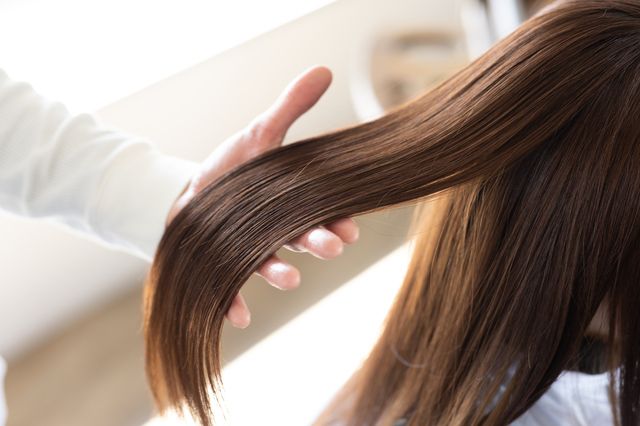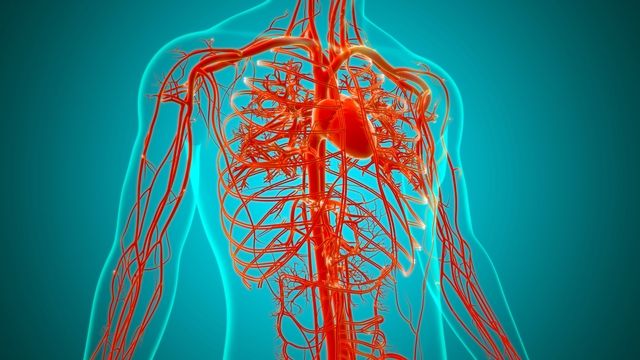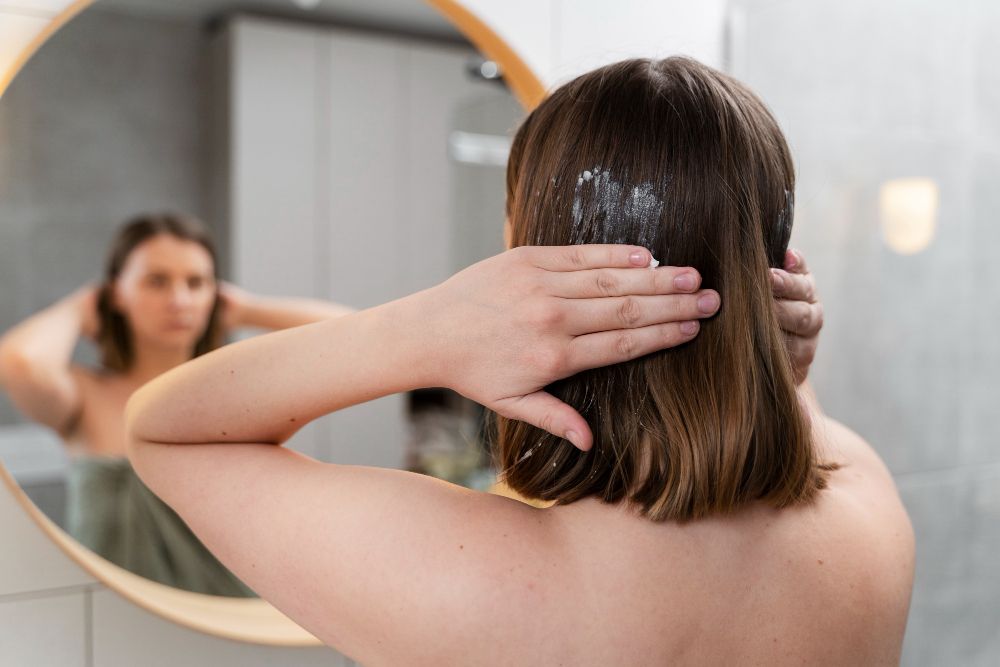- Home
- Trend
- Weight Loss Strategies
- Acne Tips
- Hair Health Information
- Blemish Removal Tips
- Acne Scar Removal Tips
- Muscle Building Techniques
- Intimate Care Tips
- Postpartum Intimate Care
- Eye Bags Wiki
- Tips for Face Slimming
- Secret of Permanent Hair Removal
- Breast Enlargement Tips
- Cure to Snoring
- Marionette Lines
- Skin-Tightening Secrets
Hair regrowth is crucial for many of us—after all, once the regrowth process stops, the loss of hair inevitably affects our appearance. While hair follicles play a key role in this process, many other factors can disrupt regrowth or cause hair to fall out mid-growth. In this blog, we’ll cover different types of hair, common causes of hair loss, popular home remedies for hair regrowth (and whether they work), and scientifically proven methods to restore hair. If you're struggling with hair loss, we hope this guide helps you understand the regrowth process—and how to restart it.
Types of Hair

1. Lanugo (Fetal Hair)
Lanugo is the soft, delicate hair that forms while a baby is still in the womb. It begins growing around the 20th week of pregnancy, covering the baby’s shoulders, back, and face to help regulate body temperature. After birth, lanugo gradually sheds and is replaced by new hair.
2. Vellus Hair
This fine, light-colored hair is short and lacks pigment, making it barely visible. It covers most of our skin, including the soft facial hair known as peach fuzz. Vellus hairs are not connected to oil glands and are unaffected by hormones—though during puberty, some vellus hairs in certain areas can turn into terminal hairs. Vellus hairs have a shorter growth cycle and can be easily broken or pulled out.
3. Terminal Hair
These are the longer, thicker, and darker hairs on the body—like scalp hair, eyebrows, eyelashes, beards, and pubic hair. While called “permanent,” terminal hair can still fall out, though it has a much longer growth cycle that can last years. Terminal hair growth is influenced by hormones, especially androgens, which can cause an increase in facial or pubic hair. To keep terminal hair healthy, it’s essential to manage stress, sleep well, and maintain hormonal balance.
Hair Regrowth & The Hair Growth Cycle
Hair growth follows a four-phase cycle. In the anagen (growth) phase, hair follicle cells are most active, and hair lengthens continuously. Then comes the catagen (regression) phase, where growth halts, followed by the telogen (resting) phase, where hair weakens and detaches from the follicle. Finally, the hair sheds to make way for new growth.
This cycle usually lasts 2 to 7 years. If the growth phase shortens drastically (sometimes to just 6 months), hair may fall out before it's had a chance to fully grow, leading to dormant follicles.
That’s why regrowth is critical. Without the ability to restart the cycle, lost hair won’t be replaced—triggering thinning and baldness. Ideally, our follicles cycle through these four stages 15–20 times over a lifetime. The key to hair regrowth is maintaining a smooth, continuous cycle that restarts again and again.
免費體驗
F8 Hair Regrowth Treatment
1 Minute Self-Registration
Date should not be before minimal date
What Causes Hair Loss?

Cause 1: Hormonal Imbalance
One of the biggest culprits behind hair loss is DHT (dihydrotestosterone), a male hormone that shortens the growth phase and speeds up hair loss. If hair falls out before reaching full length, the scalp appears more exposed—commonly known as the "shiny bald" look. Although more common in men, DHT also affects women—especially postpartum (2–3 months after delivery) or during menopause, when estrogen levels drop and androgens become relatively dominant.
Cause 2: Poor Blood Circulation
If blood circulation to the scalp weakens, hair matrix cells in the follicles don’t receive enough nutrients and oxygen to produce new hair. Habits like smoking, drinking, overworking, lack of sleep, and a sedentary lifestyle all contribute to poor circulation. Improving these habits can help reduce hair loss.
Cause 3: Declining Follicle Function
Follicles are the “roots” of hair. As we age, the cells within follicles may slow down or stop functioning entirely, disrupting the growth cycle. If too many follicle cells die, hair cannot regrow, and balding occurs. In such cases, only hair transplants or wigs can help. While we can’t reverse cell death, we can slow it down by avoiding smoking and eating antioxidant-rich foods.
Cause 4: Unhealthy Scalp Environment
Overly dry or oily scalps can interfere with hair growth. Using harsh shampoos, skipping regular washes, leaving residue on the scalp, or over-exfoliating can all disrupt the scalp’s balance. This may cause redness, itchiness, and inflammation. Scratching only worsens hair fall, creating a vicious cycle.
Debunking Popular Hair Regrowth Remedies
Myth 1: Rubbing Raw Ginger on the Scalp
Theory: Ginger contains gingerol, which boosts scalp blood flow, delivers nutrients, and has anti-inflammatory properties.
Reality: While massaging with ginger may increase circulation, it can irritate or inflame the scalp. Always consult a dermatologist before trying it.
Myth 2: Eating More Protein
Theory: Hair is made of keratin, a protein, so eating protein helps growth.
Reality: Protein is essential, but excessive intake can burden the kidneys and cause digestive issues. A balanced diet with vitamins and minerals is more effective.
Myth 3: Washing Hair with Rice Water
Theory: Rice water contains starch, biotin, vitamins, and minerals that nourish hair.
Reality: These nutrients are present in very small amounts, and rice water isn’t easily absorbed by the scalp. The results are often overstated.
Myth 4: Massaging the Scalp with Plant Oils
Theory: Oils like olive, coconut, castor, or sunflower oil hydrate the scalp and support regrowth.
Reality: While great for hair ends, these oils can clog follicles if applied to the scalp and may trigger folliculitis or hair loss.
Myth 5: Using Coarse Salt to Exfoliate the Scalp
Theory: Salt removes dead skin and excess oil, stimulating blood flow.
Reality: Salt is abrasive and can cause irritation. Use sparingly (2–4 times/month), and avoid if your scalp is inflamed.
Myth 6: Inverting Your Body (Headstand or Hanging Your Head)
Theory: Letting blood flow downward improves nutrient delivery to the scalp.
Reality: While this boosts blood flow temporarily, it doesn't address deeper causes of hair loss (like hormones or genetics) and may cause dizziness or strain on the neck and spine.
Proven Ways to Stimulate Hair Regrowth
1. Medications
• Oral: Finasteride and Dutasteride (reduce DHT but may affect sexual function).
• Topical: Minoxidil (enhances blood flow and prolongs the growth phase).
2. Hair Transplant Surgery
Using advanced techniques like follicle stem cell transplants, this method can revive dormant follicles. However, it carries risks—such as swelling, pain, scarring, or infection. Success isn’t guaranteed for every graft.
3. Nutritional Support
Eat a well-balanced diet rich in protein, vitamin E, vitamin D, biotin, beta-carotene, omega-3 fatty acids, iron, and zinc. Foods like eggs, strawberries, spinach, sweet potatoes, avocados, bell peppers, and oysters are excellent choices.
4. Healthy Habits
Quit smoking and drinking, exercise regularly, gently wash and brush hair, and choose clinically-backed hair care products. Scalp exfoliation also helps clear waste and build a healthy scalp for hair regrowth.
免費體驗
F8 Hair Regrowth Treatment
1 Minute Self-Registration
Date should not be before minimal date
Hair Loss Getting Worse? Revive Your Follicles with Perfect Medical’s F8 Hair Regrowth Treatment
Noticing that your hair is falling out faster than it's growing back? Seeing thinner strands or reduced volume? As we age, hair density naturally decreases—but you can slow this process with the Perfect Medical F8 Hair Regrowth Treatment.
This treatment uses low-level laser therapy (LLLT) to penetrate deep into the scalp, activating follicles and hair papillae. Once stimulated, hair matrix cells begin to divide, producing new hair. The laser also improves blood flow, reduces inflammation, and helps eliminate bacteria—creating the perfect environment for hair regrowth. When paired with nutrient-rich serums, results are even better.
Most people see visible improvements after just one session. Hair appears darker, softer, and shinier—without irritation or side effects. Interested? Click the link below to register for a free trial session, now open to the public!
Register Now: Perfect Medical F8 Hair Regrowth Treatment免費體驗
F8 Hair Regrowth Treatment
1 Minute Self-Registration
Date should not be before minimal date
FAQ

Can damaged hair follicles grow back?
Follicle recovery depends on age, genetics, lifestyle, and health. Once follicles shrink or die due to factors like stress, poor nutrition, illness, or hereditary baldness, they may not regenerate. However, modern options like hair transplants, laser therapy, and medicated treatments (e.g., GHK-Cu, biotin tripeptides, oligopeptides) can help stimulate regrowth.
When should I see a doctor about hair loss?
It’s normal to lose 50–150 hairs daily. But if you notice excessive hair on the floor after washing or find more than 6 strands falling with a light tug, it's time to take action. If your hairline is noticeably receding or you spot redness, rashes, or eczema on your scalp, consult a dermatologist promptly for diagnosis and early treatment.
Where do hair follicles get their nutrients?
Hair follicles rely on blood vessels to deliver oxygen and nutrients. Good circulation is essential—boost it with regular exercise and a diet rich in iron, folate, vitamin B12, and vitamin C (e.g., leafy greens, legumes, fish, lean meats, nuts, whole grains).
What does it take to regrow hair?
For mild hair loss, focus on nutrition, stress relief, sleep, scalp care, and healthy habits like massage and exercise. For more severe cases, a visit to a hair clinic is recommended. Professional treatments—like medication or laser therapy—can offer personalized regrowth plans that yield better results.
Do men and women lose hair differently?
Yes. Men typically lose hair from the front and crown, eventually developing a bald top with hair remaining only at the back. Women, however, usually thin from the parting at the crown, with 40% of postmenopausal women experiencing androgenic hair loss.









